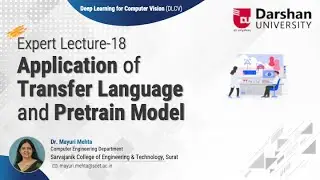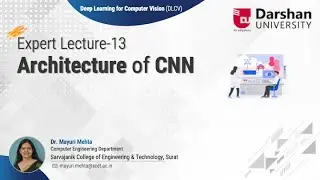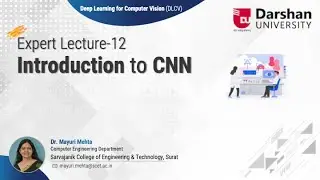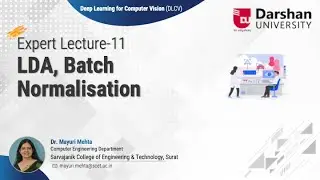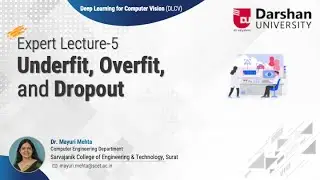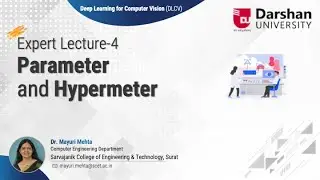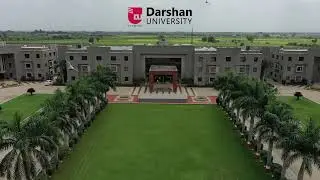3.12 - Flow Control and Congestion Control
"This video describes about Flow Control and Congestion Control with different cases.
Also describes various approaches towards Congestion Control."
"Flow control:
It is the process of managing the rate of data transmission between two nodes to prevent a fast sender from overwhelming a slow receiver.
It prevent receiver from becoming overloaded.
Receiver advertises a window rwnd(receiver window) with each acknowledgement.
Congestion Control:
Too many sources sending too much data too fast for network to handle.
When a connection is established, a suitable window size has to be chosen. The receiver can specify a window based on its buffer size.
If the sender sticks to this window size, problems will not occur due to buffer overflow at the receiving end, but they may still occur due to internal congestion within the network.
Two broad approaches towards congestion control:
1. End to End congestion control
2. Network-assisted congestion control
GTU - Computer Engineering (CE) - Semester 4 - 2140709 - Computer Networks - Transport Layer - Pipelined Protocol - Flow Control and Congestion Control
Computer Networks PPTs are available here: http://www.darshan.ac.in/DIET/CE/GTU-...
This video is recorded by Prof. Maulik Trivedi ([email protected], +91-9998265805) at Computer Engineering Department of Darshan Institute of Engineering & Technology, Rajkot as per GTU Syllabus.
Darshan Institute of Engineering & Technology, Rajkot is a leading institute offering undergraduate, graduate and postgraduate programs in engineering. The Institute is affiliated to the Gujarat Technological University (GTU) and approved by the AICTE, New Delhi.
Visit us: http://www.darshan.ac.in
Write us: [email protected]
Facebook: / darshaninstitute.official
Twitter: / darshan_inst
Instagram: / darshan_inst "



















